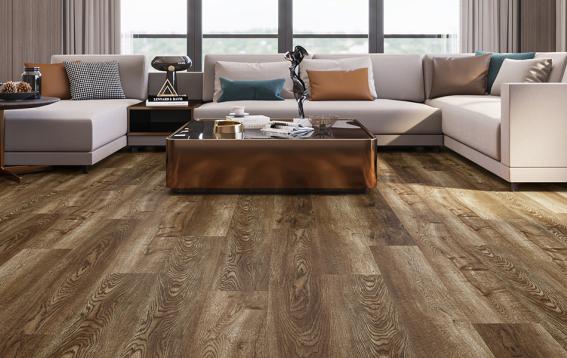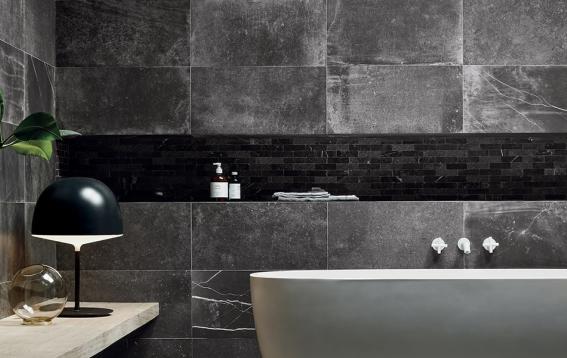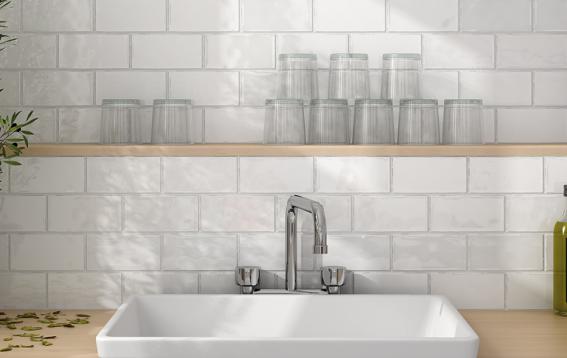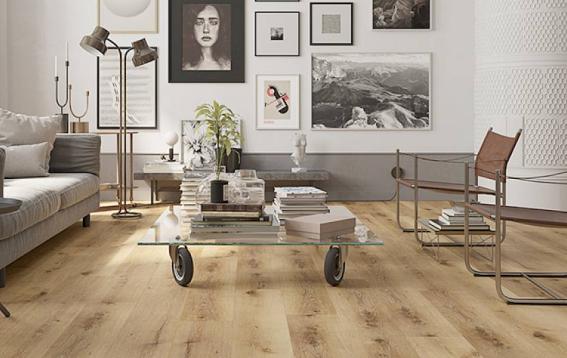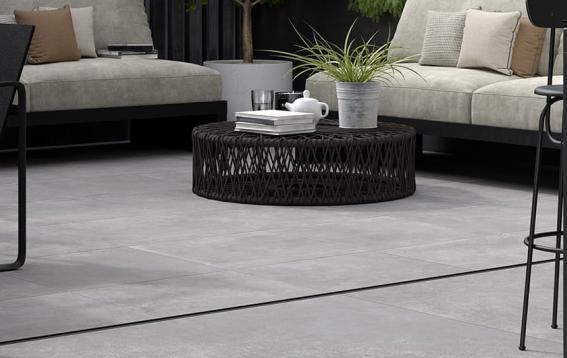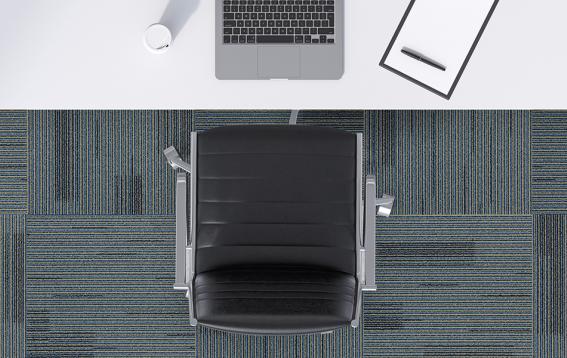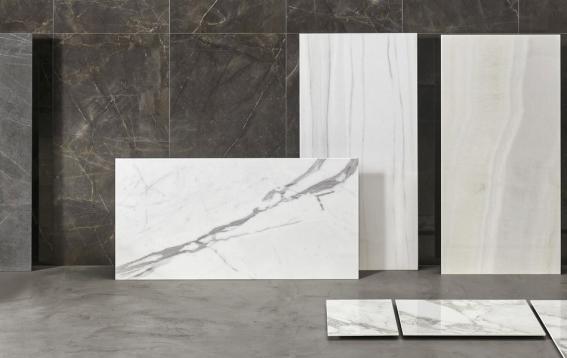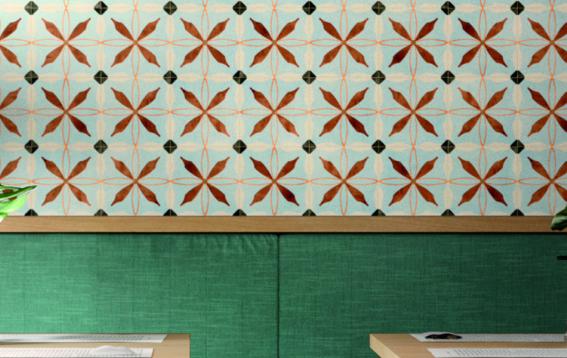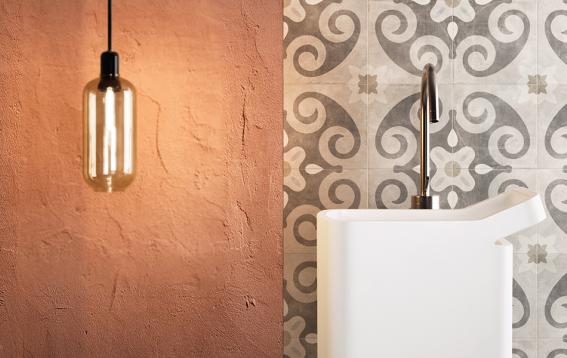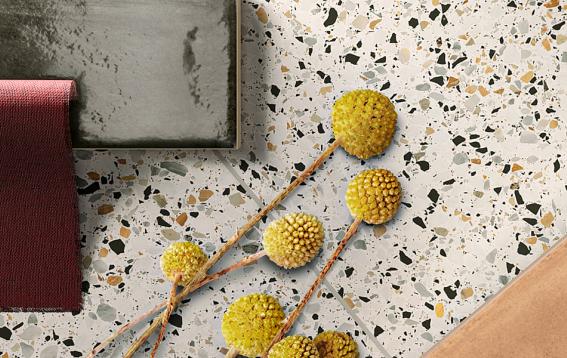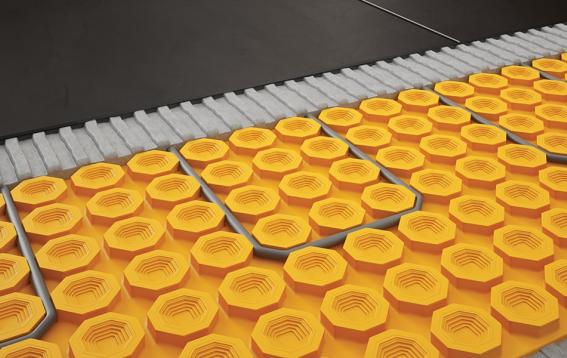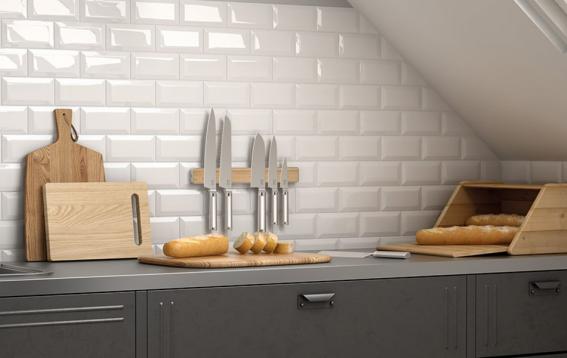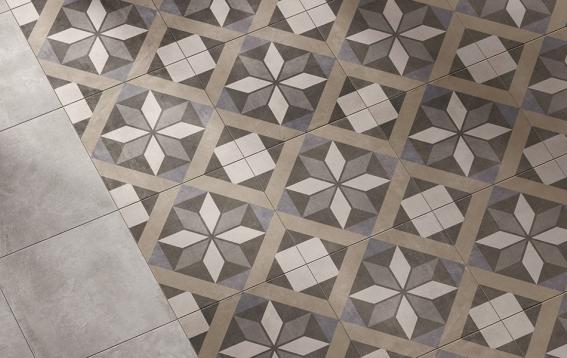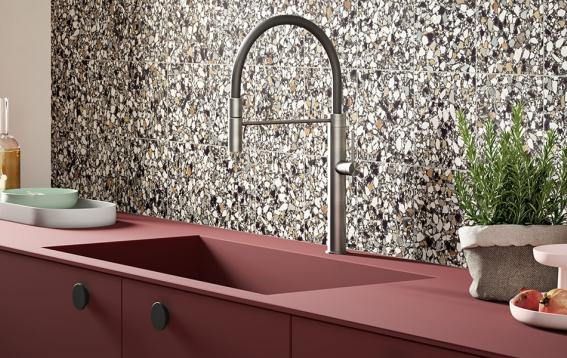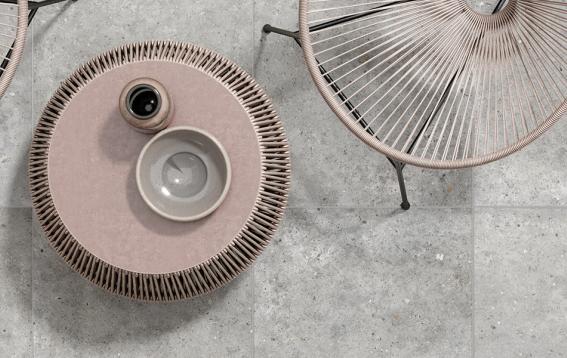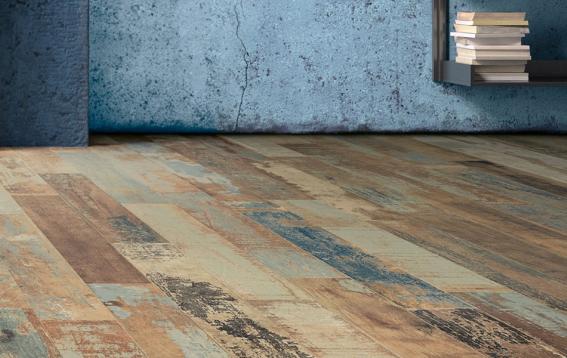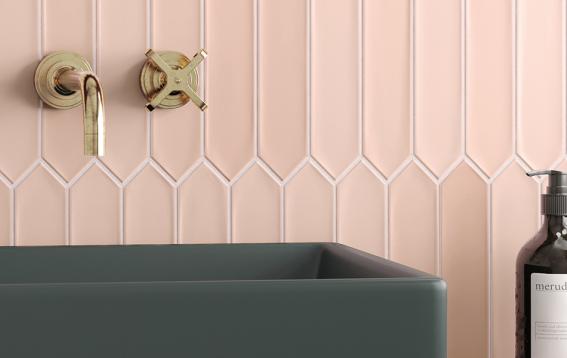October 6, 2020
Ceramic, porcelain & glazed porcelain, what is the difference?
One of the questions that often comes up when purchasing flooring is the difference between porcelain and ceramic tiles. Although they may look very similar, these products have their own specific properties, especially in terms of applications.
Ceramic
Full Body Porcelain
Glazed Porcelain
Ceramic vs Porcelain
Ceramic tiles are made from natural clay, sand and water. These materials are molded into tiles and then fired in a kiln to remove most of the humidity. Porcelain tiles are also made from clay, but is usually made from denser types of clay than ceramic. They are fired at very high temperatures for long periods of time, so that almost all water is removed. This longer drying time makes porcelain tile much harder and denser than ceramic. Today, porcelain is an increasingly popular option for floor and wall coverings while ceramic is generally used as a wall covering.
Porcelain
There are two types of porcelain tile: glazed porcelain tile and full body porcelain tile. Depending on your needs and intended use, these two types of tile can provide you with beautiful floor and wall coverings. Full body porcelain tiles are composed of sand, clay and other natural minerals that make them strong and suitable for interior and exterior applications. Because of these properties, they are more resistant to frost chipping and scratching. Because they are less porous and less slippery, they are frequently installed in kitchens and bathrooms as well as commercial areas.
Glazed Porcelain
Glazed tiles are mainly composed of porcelain with a glazed coating applied to their surfaces. If the tile breaks under heavy impact, the porcelain underneath the glaze becomes exposed, resulting in an unsightly appearance. To alleviate this problem, some glazed tiles are designed with porcelain coloured in the same tones as the glaze. Although these tiles are resistant and durable, there is a scale of resistance to surface abrasion of the enamel (PEI 1 to PEI 5) that is important to consider depending on the vocation of the space, especially for commercial projects. Generally, this type of tile is chosen because it offers more variety in patterns and colours than full-body porcelain.
Now that you know the difference between ceramic and porcelain, your research will be more enlightened and precise!
More articles









